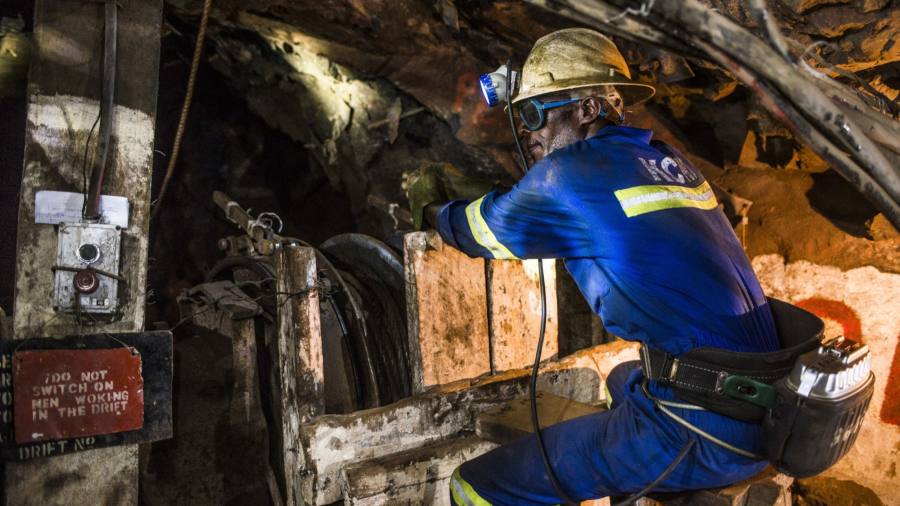Receive free Vedanta Resources PLC updates
We’ll send you a myFT Daily Digest email rounding up the latest Vedanta Resources PLC news every morning.
Vedanta will take back ownership of a key Zambian copper mine four years after Africa’s second-largest producer kicked the Indian group out of the operation, as the country seeks to revive mining investment.
The group owned by Anil Agarwal will invest $1bn over five years to revive Konkola Copper Mines as a condition of resuming control of operations in the heart of the southern African nation’s historic Copperbelt, Vedanta and President Hakainde Hichilema’s government said on Tuesday.
Vedanta lost control of KCM in 2019 when the government of Edgar Lungu, Hichilema’s predecessor, accused the group of a lack of investment and used a 20 per cent stake in the mine to place it in provisional liquidation. Vedanta denied the claims and launched a legal battle to secure the mine’s return.
KCM struggled to keep operating under state control and after Lungu fell from power in 2021, Hichilema’s government opened negotiations over ownership. Vedanta will also fund $250mn of payments to local creditors of the mine under the deal to restore its majority stake.
“Vedanta will return to run and resuscitate the operations of KCM as the majority shareholders,” Paul Kabuswe, the Zambian mining minister, said.
“Vedanta will become a fully integrated producer of copper and cater to India’s fast-growing demand while also making Zambia the leading producer of copper in the world,” Agarwal said.
Hichilema has set an extremely ambitious target for Zambia to more than triple copper production in the next ten years, from less than 800,000 tonnes last year to more than 3mn tonnes per annum.
Zambia needs a copper revival to help pay back billions of dollars in hard currency debts that are being restructured years after it defaulted in 2020. The halt to loan payments including on $3bn of US dollar bonds followed a surge in borrowing under Lungu, who was defeated by Hichilema in the country’s 2021 elections.
But the Zambian government has warned that this year’s production is predicted to fall to about 680,000 tonnes, the lowest in more than ten years, underlining the difficulty of turning around mines even as Hichilema is welcoming new copper exploration.
Most of Zambia’s modern copper production now comes from outside the Copperbelt, via large opencast mines in the neighbouring Northwestern province where investments to expand operations are under way or being considered.
Mines on the Copperbelt have been costly to run because they typically extend deep underground, with heavy demands on water use and power. The mines, however, still attract interest because the deposits contain relatively high-quality reserves of copper, which is heading for a shortfall as the worldwide transition to clean energy and electrification accelerates.
Zambia’s government is also looking to sell Mopani Copper Mines, a Copperbelt operation that Lungu’s administration bought for $1.5bn from Glencore in 2021 and has since also experienced production problems.
Vedanta has also agreed to increase KCM mineworker salaries by a fifth and to make them a one-off payment of K2,500 ($122) each.
In July, KCM workers told the Financial Times that they were on low-paid, short-term contracts that were affecting productivity and would make Hichilema’s ambition difficult to achieve.
Read the full article here



